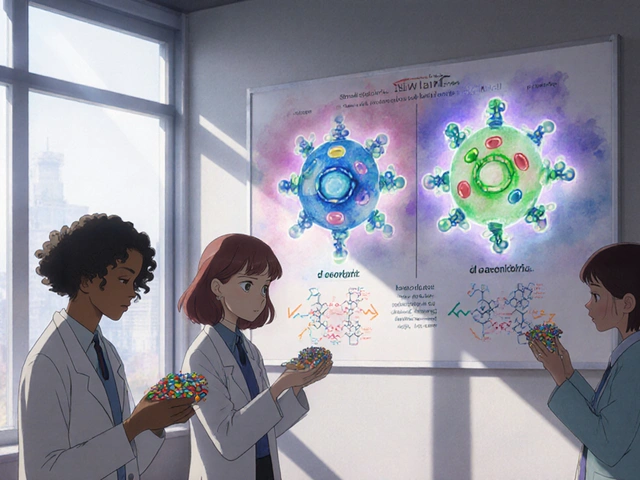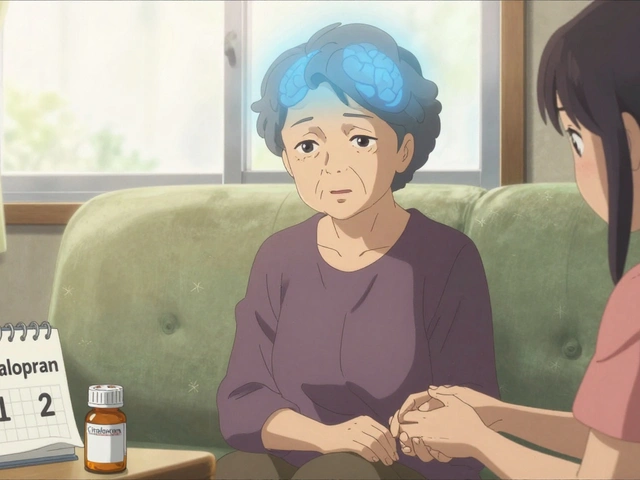Treatment for Clots – How to Break Up Blood Clots Fast
Blood clots are tricky – they can block blood flow and cause serious problems in the legs, lungs, or brain. The good news is that most clots can be managed with the right mix of medicine and everyday habits. Below you’ll find the most practical ways to treat clots and keep them from coming back.
Prescription Options
First thing you should do is talk to a doctor. They’ll decide whether you need an anticoagulant (a blood thinner) or another type of drug. Common anticoagulants include warfarin, which needs regular blood tests, and newer direct oral anticoagulants (DOACs) like apixaban or rivaroxaban that don’t require frequent monitoring. These meds work by stopping new clots from forming and letting the body dissolve the old ones.
Another group of drugs, antiplatelet agents, keep platelets from sticking together. Plavix (clopidogrel) is a popular choice, especially after certain heart procedures or if you have peripheral artery disease. It’s taken once a day and usually has fewer diet restrictions than warfarin.
If a clot is large or dangerous, doctors may use thrombolytic therapy (often called clot‑busting drugs). These are given in a hospital and dissolve the clot quickly, but they carry a higher bleeding risk, so they’re reserved for emergencies like a stroke or massive pulmonary embolism.
Lifestyle & Home Care
Medicine alone isn’t enough – your daily habits play a big role. Keep moving: short walks, leg lifts, or gentle stretching help blood keep flowing, especially if you sit for long periods. If you’re on bed rest, ask your doctor about compression stockings to squeeze the veins gently and reduce clot risk.
Stay hydrated. Dehydration makes blood thicker, which can encourage clotting. Aim for at least eight glasses of water a day, more if you’re active or live in a hot climate.
Watch your diet. If you’re on warfarin, try to keep vitamin K intake (found in leafy greens) consistent day‑to‑day. For most other clot medicines, a balanced diet rich in omega‑3 fatty acids (like salmon or walnuts) supports heart health and may lower clot risk.
Maintain a healthy weight and quit smoking. Extra weight puts pressure on veins, and smoking damages blood vessels, both of which raise clot chances. Even modest weight loss and cutting out cigarettes can make a noticeable difference.
Finally, know the warning signs: sudden calf pain, swelling, shortness of breath, chest pain, or sudden weakness on one side of the body. If any of these pop up, get medical help right away. Regular follow‑up appointments let your doctor adjust doses or switch meds if needed.
Putting the right prescription together with simple daily moves, good hydration, and smart food choices gives you the best shot at breaking up clots and staying clot‑free. Keep this guide handy, and don’t hesitate to ask your healthcare provider any questions – staying informed is a big part of staying safe.

Blood Clotting Disorders: Symptoms, Causes, Types, and Treatment Options
- By : Archer Hamilton
- Date : May 13 2025
Ever wonder why a tiny cut sometimes bleeds more than it should, or why some people have dangerous clots form inside their bodies? Blood clotting disorders are a tricky group of conditions that can turn the body’s natural defense system into a health risk. From bruising easily to life-threatening strokes, the signs aren’t always obvious. This article breaks down the different types, what to look out for, and the newest treatments that could make a huge difference in someone's life. Read on for real-life facts, actionable tips, and everything you need to know about staying safe if you or someone you love has a clotting problem.





